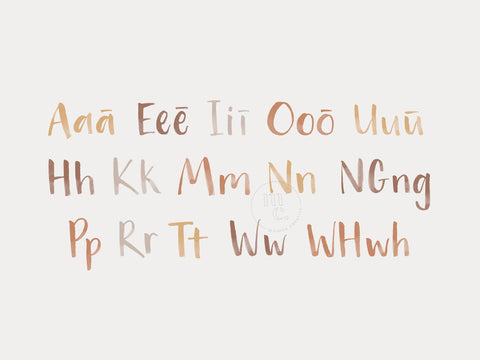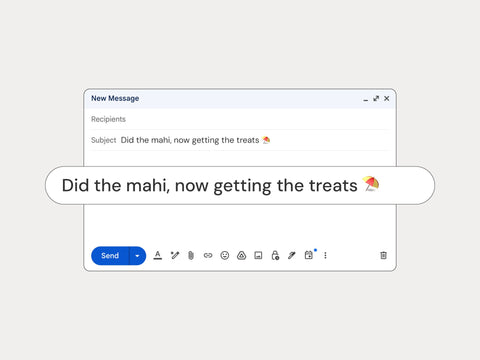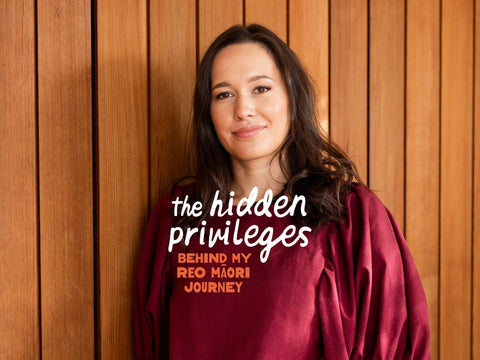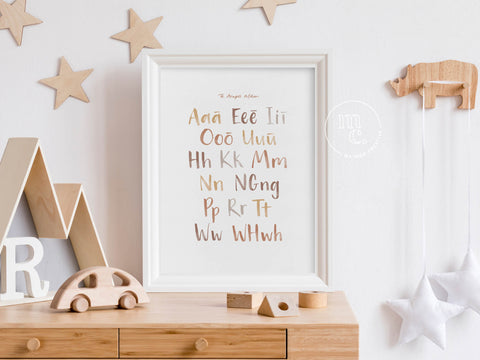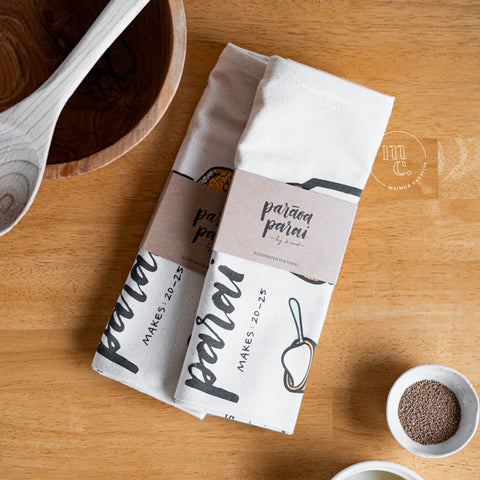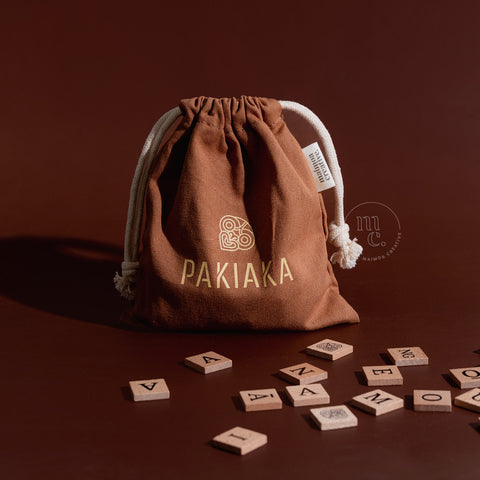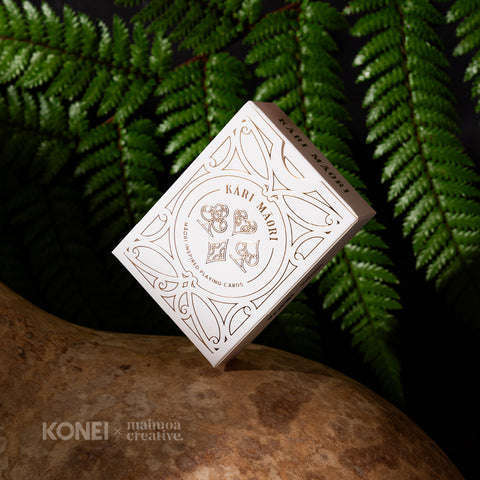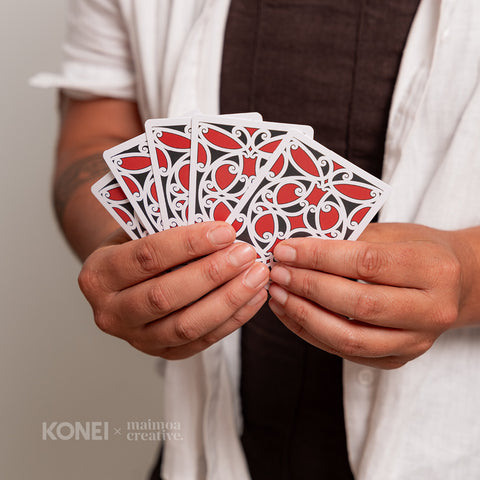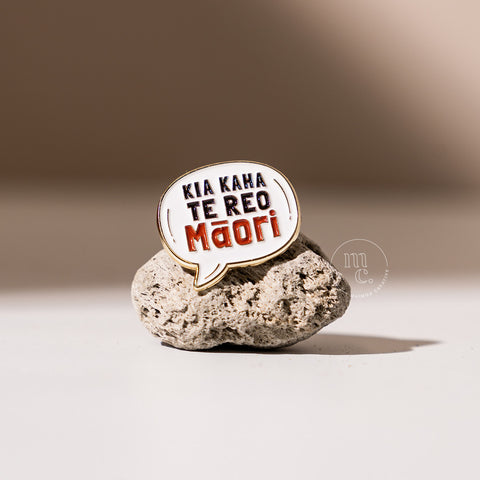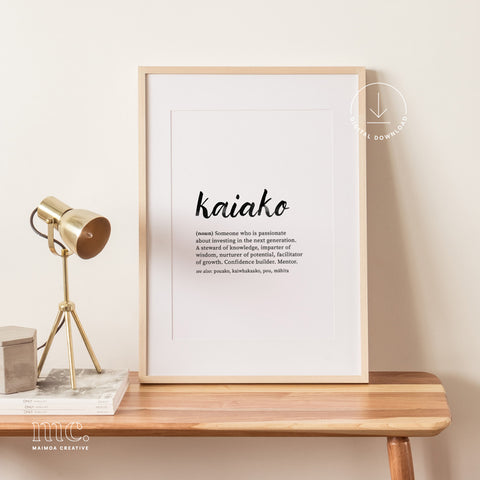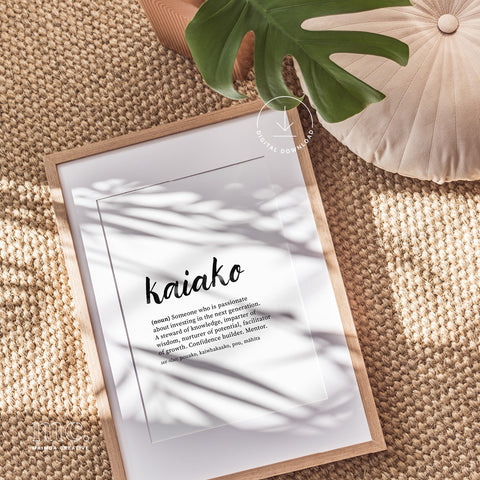Welcome to the basic foundations of te reo Māori. If you're a beginner eager to learn about the richness of this language, understanding its alphabet and sounds is an important first step. In this guide, we'll break down the Māori alphabet, including vowels, consonants, digraphs, diphthongs, macrons, dialect differences, and offer pronunciation tips to help you on your journey to becoming a confident reo Māori learner.
One of the captivating features of te reo Māori is its phonetic nature, making it remarkably accessible for beginners embarking on their language journey. Unlike languages with intricate spelling rules and exceptions, te reo Māori follows a largely phonetic pattern. Each vowel and letter maintains consistent pronunciation regardless of their position within a word. This simplicity eliminates the guesswork often associated with pronunciation. While there may be variations due to dialectal differences and subtle variations in sound (alophonic variation), embracing te reo Māori's phonetic foundation grants you a firm footing to conquer pronunciation challenges, enhancing your overall language acquisition experience.
Te Arapū Māori: The Māori Alphabet
To start with, the Māori alphabet is modest in its composition, consisting of five vowels and ten consonants.
Oropuare: Vowels
Mastering correct vowel pronunciation is essential for achieving clear communication in te reo Māori. A helpful and memorable sentence to remember Māori vowel pronunciation is: "Are There Three Or Two"
A (ah) - Pronounced like the 'a' in 'are.'E (eh) - Similar to the 'e' in 'there.'
I (ee) - Sounds like the 'ee' in 'three.'
O (aw) - Similar to the 'o' in 'or.'
U (oo) - Pronounced like the 'o' in 'two.'
Orokati: Consonants
H - Pronounced like the 'h' in 'hello.'
K - Pronounced like the 'k' in 'kite.'
M - Pronounced like the 'm' in 'mother.'
N - Pronounced like the 'n' in 'nest.'
P - Pronounced like the 'p' in 'pen.'
R - A soft rolled 'r' sound (refer to the pronunciation tips section)
T - Refer to the pronunciation tips section for the two different ways to pronounce this letter in te reo Māori
W - Pronounced like the 'w' in 'wonder.'
Digraphs
Digraphs are combinations of two letters that represent a single sound:
Ng - Pronounced like the 'ng' in 'song.'Wh - Usually pronounced like the 'f' in 'fine.'
Tohutō: Macrons
Macrons are diacritical marks placed over vowels to indicate a longer sound. They are crucial for accurate pronunciation in te reo Māori, as it can change the meaning of words in some cases.
Ā - Indicates a longer 'a' sound, e.g. pāpā (dad) vs papa (ground)Ē - Indicates a prolonged 'e' sound, e.g. kēkē (armpit) vs keke (cake)
Ī - Indicates a longer 'i' sound, e.g. pīpī (to chirp) vs pipi (type of shellfish)
Ō - Indicates a prolonged 'o' sound, e.g. kōkō (to chant) vs koko (spoon)
Ū - Indicates a longer 'u' sound, e.g. tūtū (to stand) vs tutu (to immerse)
Diphthongs
Diphthongs are combinations of two vowel sounds within a single syllable. The best way to practice saying these is by pronouncing each vowel by itself, and then start to merge them, slowly getting faster until the sounds are blended into one.
aa, ae, ai, ao, au
ea, ee, ei, eo, eu
ia, ie, ii, io, iu
ua, ue, ui, uo, uu
Pronunciation Tips:
- R: Focus on rolling your 'r' sounds, as this is a distinct feature of te reo Māori. It's a soft rolled 'r' (not as strongly rolled as how Spanish speakers would roll theirs). The sound you should aim for is somewhere in between an English ‘D’ and 'L'. e.g. like the 'dd' in judder, or the 'tt' in a kiwi accent for 'butter'
- Vowel Length: Pay attention to vowel length and practice distinguishing between short and long vowels when listening.
- Dipthongs: Practice diphthongs to get comfortable with their unique sounds. By practising short sounds, you will build confidence to start blending all combinations and be able to break down long words into their syllables.
- T: 't' pronunciation varies depending on which vowel appears after it. When succeeded by an ‘a’, ‘e’ or ‘o’, it’s unaspirated (softer, closer to an English 'd'). When followed by an ‘i’ or ‘u’, it is an aspirated 't' (sharper, closer to an English 't').
Navigating Dialectal Differences in Pronunciation
It's important to recognise that language, like culture, can vary between regions and communities. Dialectal differences in pronunciation are a natural and intriguing aspect of language, contributing to the richness and diversity of te reo Māori.
In Aotearoa, there are various iwi (tribes), hapū (sub tribes) and regions, each with its own unique way of speaking te reo Māori. While the core elements of the language remain consistent, you may notice variations in pronunciation, vocabulary, and even grammatical structures. These dialectal differences offer a glimpse into the historical, cultural, and geographical factors that have shaped the evolution of the language over time.
As a very basic introduction, some variations include:
- Not pronouncing the 'h' (e.g. w'akarongo)
- Pronouncing 'k' in place of 'ng' (e.g. whakaroko)
- Pronouncing 'n' in place of 'ng' (e.g. whakarono)
- Writing double vowels instead of using macrons (e.g. Maaori)
While these dialectal differences might initially seem daunting, they provide an opportunity to appreciate the richness and diversity of the language. Embracing these variations can deepen your understanding of the language's historical roots and the ways in which it has evolved to reflect different communities' experiences and perspectives.
Tips for Navigating Dialectal Differences:
- Stay Open-Minded: Approach dialectal differences with curiosity and an open heart. Embrace the chance to learn variations and enrich your language skills.
- Listen Actively: Expose yourself to a variety of speakers from different regions. Listening to native speakers from various backgrounds will help you become familiar with diverse pronunciations.
- Choose a dialect: As you encounter different dialects, consider adopting one dialect to use as your own. If you are Māori, the natural choice would be the dialect to which you are connected through whakapapa. If you are non-Māori, consider choosing the dialect of the region in which you live/feel most connected. A tip for learners: the main focus should be nailing the basics of the language. Once you feel you have grasped the fundamentals, then you can consider focusing more on dialectal differences.
- Cultural Sensitivity: Respect the historical and cultural significance of each dialect. Be mindful that certain pronunciations and words may hold specific meanings or stories within certain communities.
In summary, dialectal differences in pronunciation are an integral part of learning te reo Māori. They provide insights into the language's vibrancy and the unique histories of different Māori communities. Embracing these variations enhances your appreciation of the language's depth and authenticity, fostering a stronger connection with both the words and the people who speak them.
Helpful Resource to Check Correct Pronunciation
For assistance in refining and checking your word pronunciation, consider using the Te Aka (Māori Dictionary) resource, which offers audio guidance for most Māori words.
Fun Fact
Every word in te reo Māori ends in a vowel. You will notice that Māori words use a lot more vowels than the English language — and that is what makes it such a musical language to listen to.
—
With dedication and practice, you'll soon find yourself navigating the beautiful sounds of te reo Māori with confidence.
To enhance your learning journey, we're excited to offer digital download poster resources, including the Māori alphabet.
Disclaimer: This blog post provides a basic introduction to the Māori alphabet and pronunciation. For more in-depth learning, consider enrolling in dedicated language courses, and gain guidance from fluent speakers.

